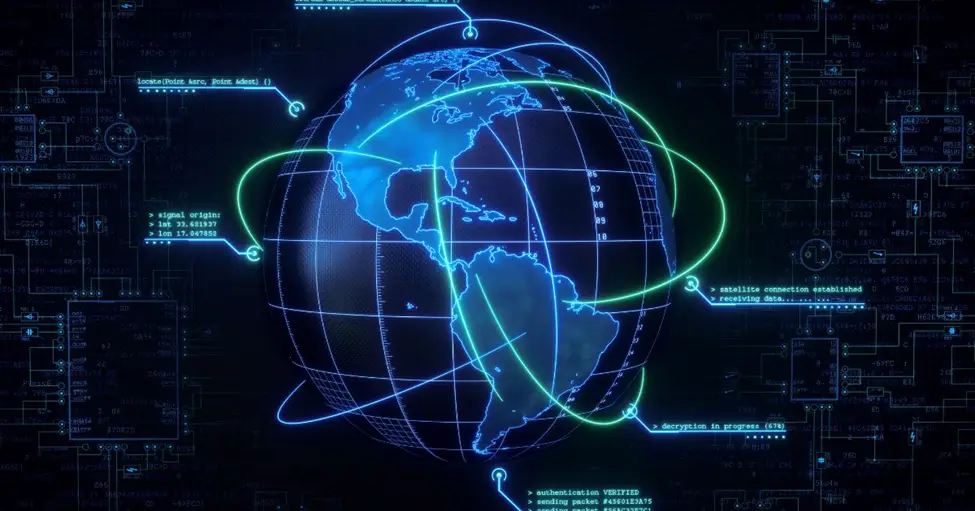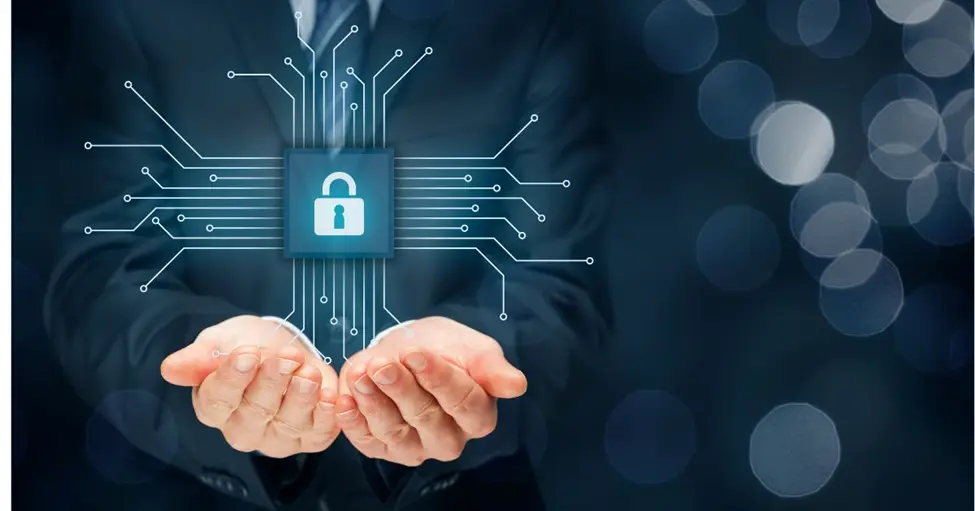
How Blue Shift Cyber Helps You Stay One Step Ahead of Cyber Threats
Discover how Blue Shift Cyber uses advanced tools and AI to keep your business protected and one step ahead of evolving cyber threats.
As technology advances, so do threats to our connected devices.
Even as AI detects threats and new methods for protecting devices from various forms of attack, it also provides opportunities for cybercriminals, who tend to develop more sophisticated ways of hacking through the internet.
Additionally, when AI systems within any organization are not properly secured, they tend to be exposed to threats from cybercriminals who want to hack into the organization’s system.
At Blue Shift Cyber, they prevent any threats and cyberattacks that may pose a risk to your system.
In this post, you’ll learn more about Blue Shift Cyber and, from this viewpoint, explore the dual nature of AI in cybersecurity to help companies understand how to defend themselves against cyberattacks.
Transformation of AI in cybersecurity
Imagine receiving a call from an unknown caller claiming to be the manager of your bank, stating that your account may be hacked right now. However, all you need to do is provide your account information, and the person will help you protect your account from being hacked.
Unknowingly to you, you feel that’s right now because you would want to secure your bank account, so you send your details to the person. After some hours, you discovered that you had been defrauded.
After contacting your bank manager, you discover that you’ve been scammed, having run around with no solutions. There’s nothing you could do because you’ve already lost your money.
It is not a story, it is a true-life story. It happened to a close friend of mine at a multinational company earlier this year.
AI is at a turning point, shifting from specialized machine learning (ML) and other techniques that require skills training to versatile, user-friendly techniques based on generative AI (GenAI). It has evolved to the point where it can detect any form of threat approaching you.
Imagine what would have happened if the above incident had occurred and the bank manager could not track down the criminal behind the act; that would have been an even bigger loss for you. AI has its own negative and positive aspects, but I believe the positive side is larger than the negative side, as the transformation in AI cybersecurity is top-notch.
Hackers Are Using It As A Weapon
The current developments in AI have given rise to cyberattacks, exposing businesses, companies, and individuals to threats.
Security professionals are seeing the impact: CANCOM reports a 257% surge in consolidated and verified incidents in 2023. During the same period, events grew by 82% (alerts and critical alarms grew by 64% and 42%, respectively).
It shows that despite cyber-defense mechanisms, on average, hackers have been more successful (the number of confirmed incidents grew significantly faster than the underlying events).
Furthermore, according to a Deep Instinct survey, 75% of security professionals in the US have witnessed an increase in attacks over the past 12 months, with 85% of those professionals attributing the rise to bad actors using GenAI.

AI Integration Patterns
- Efficiency: AI techniques have already made hackers more efficient through automation and optimization. Recently released AI-based tools enable hackers to quickly generate malicious code, facilitating tailored hacking attacks on specific environments.
- Effectiveness: AI-enabled attacks are increasing effectiveness through enhanced social engineering techniques, AI-coordinated lateral movements in hacked environments, and adaptive malware.
These attacks are also more sophisticated; for example, social engineering attacks are more personalized to their target and can adapt in real time (making detection more difficult).
- Transformation: AI will transform cyberattacks by creating entirely new capabilities and adaptability levels.
As with generative adversarial network (GAN) malware, AI-based malware can rapidly change to avoid detection by automated tools.
Worse, it has high levels of autonomy and self-development systems; more advanced versions might only require knowledge of the hacker’s goal once delivered to the system, and it would find ways to achieve the goal on its own.
Stages Of Cyberattack
New, widely available deepfake technologies are emerging that create a close replication of a person’s voice based on a small audio sample, making impersonation extremely accessible.
Deepfake technology, particularly voice emulation, can create highly personalized and targeted attacks based on victim profiles, thereby optimizing timing and frequency.
AI can adapt and learn from the feedback and responses of victims, modifying its tactics accordingly. It can increase the success rate and impact of the cyberattacks while minimizing effort and cost.
Real-life applications have already emerged, including a fake video of India’s National Stock Exchange CEO, in which he appears to offer financial investment advice. Many AI code-generation tools have recently appeared, including WormGPT, FraudGPT, and Predator.
Although we do not yet know how effective and impactful these tools are, and the development trajectory of specific tools remains uncertain (WormGPT closed within two months of launch due to alleged negative publicity, and many similar products are suspected of being fake), the range of tools available to cybercriminals is indeed expanding.

Organizations are struggling to hire cybersecurity professionals because the number of hackers continues to increase every day. Many companies are already facing an uphill battle as they try to close the gap.
How You Need to Respond
The first line of defense against AI-based hacking is conventional cybersecurity measures.
In blue shift cyber, defensive AI capabilities and tools can help counter hackers’ improved efficiency and effectiveness (and the inevitable progress to the “transformation” wave of AI integration), but basic cybersecurity hygiene comes first. New security challenges can only be successfully met from a solid foundation in cybersecurity.
Conclusion
Unlike conventional cybersecurity measures, Hackers tend to pose threats to you as an individual and as an organization. However, acting quickly upon detection will save you from being hacked.
Blue shift cyber proactively detects and stops cyberattacks, continuously analyzes alert logs, and automates response actions to minimize risk.
Their AI-powered security platform enhances threat detection, reduces false positives, and ensures faster incident resolution.






